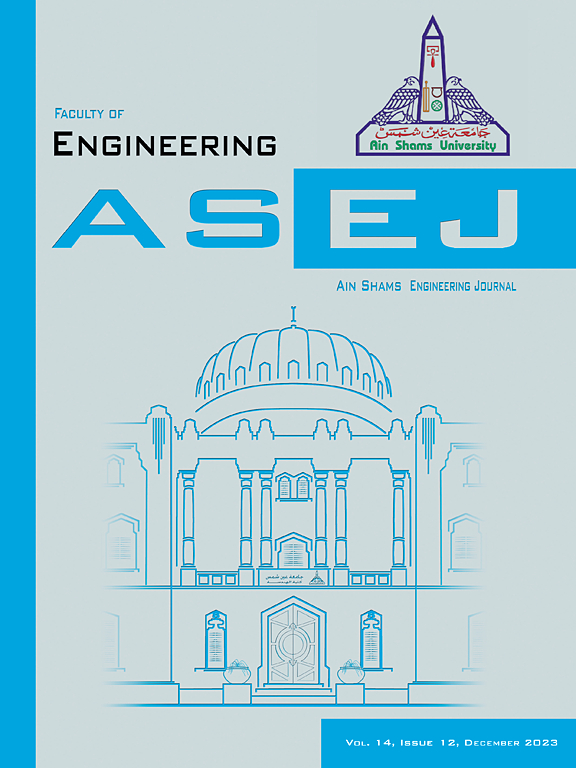Machine learning algorithm for mapping computational data of water reservoir with air bubble flow column reactor
IF 6
2区 工程技术
Q1 ENGINEERING, MULTIDISCIPLINARY
引用次数: 0
Abstract
Analysis of CO2 absorption by water-based bubble column reactors is of great importance and computational methods help understand the process and improve its efficiency. Numerical evaluation of CO2 absorption using water in a bubble column was investigated by analysis of mass transfer in the process. The results showed that the CO2 absorption in water was increased from 0 to around 0.53 L after 450 s and the rate of CO2 absorption in water was decreased from 0.28 L/min to around 0 after 450 s. Then, the obtained results from the model were used for understanding these parameters in controlled environments using machine learning methodologies. We explored the predictive accuracy of regression models to estimate the concentration of CO2 (mol/m3) across spatial (z) and temporal (t) dimensions in a controlled environment. The dataset comprises measurements collected over 451 s at varying depths, structured as a regression task to model CO2 based on t(s) and z(m). Data preprocessing involved Z-score normalization and Isolation Forest-based outlier detection, optimizing data integrity. The methodology incorporated the Whale Optimization Algorithm (WOA) to refine model hyperparameters, enhancing performance metrics across Decision Tree (DT), K-Nearest Neighbors (KNN), and Multilayer Perceptron (MLP) models. Evaluation metrics such as R2, RMSE, and MAE indicated KNN’s superior predictive capability, demonstrating strong generalization across training, cross-validation, and testing phases. The KNN model accurately captured the non-linear spatial–temporal relationships inherent in the dataset, achieving a near-perfect R2 of 0.9991 on the training set and 0.9979 on the test set, with low RMSE (0.291) and MAE (0.042) values on the test data. These results underscore the model’s high precision in predicting concentration levels across varying depths and time, supporting its potential for applications requiring precise concentration estimations in similar contexts.
求助全文
约1分钟内获得全文
求助全文
来源期刊

Ain Shams Engineering Journal
Engineering-General Engineering
CiteScore
10.80
自引率
13.30%
发文量
441
审稿时长
49 weeks
期刊介绍:
in Shams Engineering Journal is an international journal devoted to publication of peer reviewed original high-quality research papers and review papers in both traditional topics and those of emerging science and technology. Areas of both theoretical and fundamental interest as well as those concerning industrial applications, emerging instrumental techniques and those which have some practical application to an aspect of human endeavor, such as the preservation of the environment, health, waste disposal are welcome. The overall focus is on original and rigorous scientific research results which have generic significance.
Ain Shams Engineering Journal focuses upon aspects of mechanical engineering, electrical engineering, civil engineering, chemical engineering, petroleum engineering, environmental engineering, architectural and urban planning engineering. Papers in which knowledge from other disciplines is integrated with engineering are especially welcome like nanotechnology, material sciences, and computational methods as well as applied basic sciences: engineering mathematics, physics and chemistry.
 求助内容:
求助内容: 应助结果提醒方式:
应助结果提醒方式:


